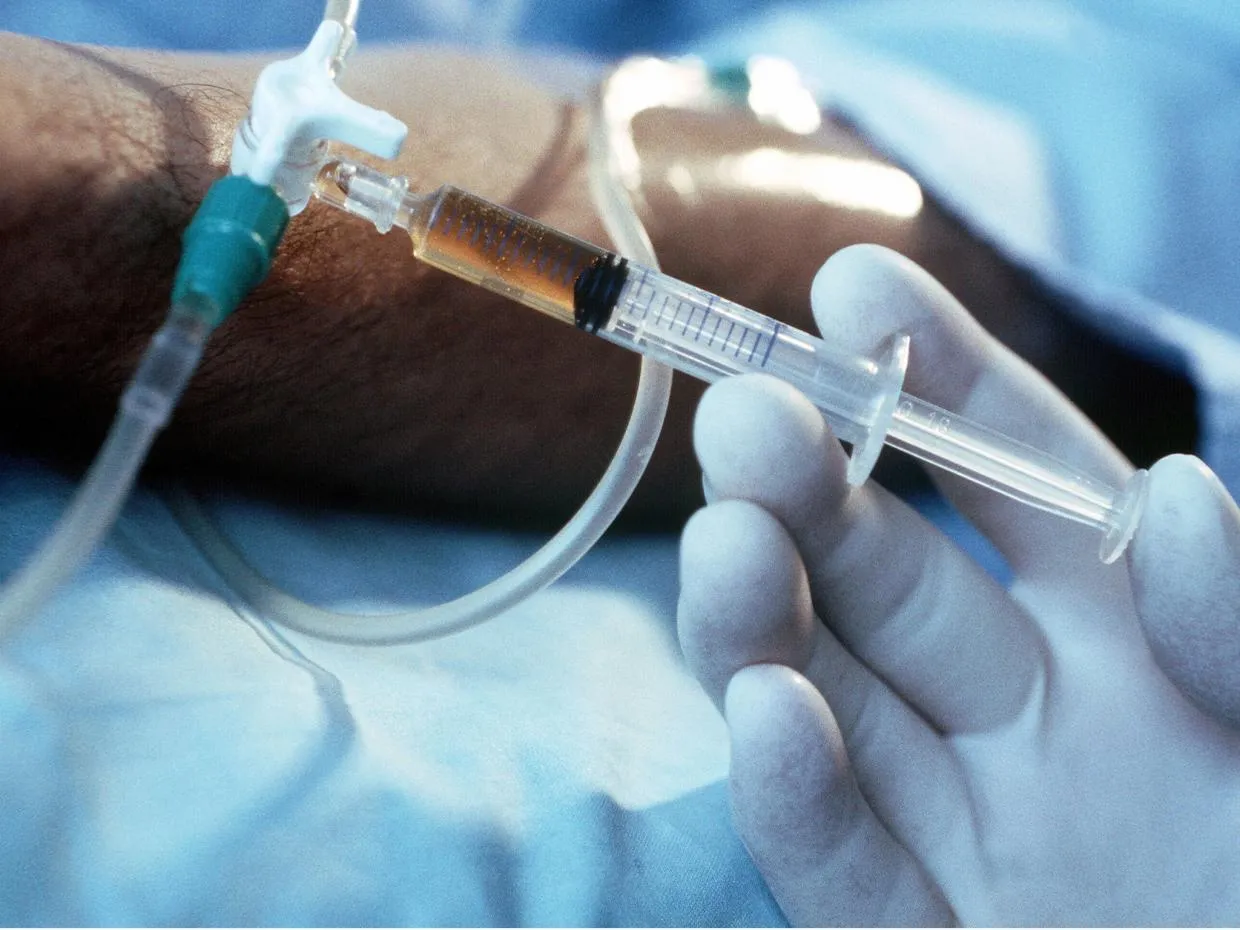Dominic Wilkinson
Consultant Neonatologist and Professor of Ethics
Ernst Kuipers, the Dutch health minister, recently announced that regulations were being modified to allow doctors to actively end the lives of children aged one to twelve years who were terminally ill and suffering unbearably.
Previously, assisted dying was an option in the Netherlands in rare cases in younger children (under one year) and in some older teenagers who requested voluntary euthanasia. Until now, Belgium was the only country in the world to allow assisted dying in children under twelve.
Under the proposal, it will remain against the law for doctors in the Netherlands to actively end the life of a child under the age of twelve. However, a force majeure clause gives prosecutors the discretion not to prosecute in exceptional circumstances.
In 2005, Dutch doctors and legal experts published guidelines (the so-called “Groningen protocol”) elaborating when these exceptional circumstances would apply for infants under the age of one year. That included certainty about diagnosis and prognosis, “hopeless and unbearable suffering”, the support of both parents and appropriateness confirmed by an independent doctor.
The new regulations would allow the same principles to apply to children between one and twelve years of age.
What type of cases would this apply to?
In a study commissioned by the Dutch health ministry and released in 2019, researchers investigated the deaths of a large number of children who had died four years earlier. They did not identify any cases where doctors had deliberately hastened death.
However, Dutch paediatricians and parents had reported that in a small number of cases, children and families were experiencing distressing suffering at the end of life despite being provided with palliative care.
That included, for example, children with untreatable brain tumours who developed relentless vomiting, screaming, and seizures in their dying phase. Or children with epilepsy resistant to all treatment with tens to hundreds of seizures a day.
The study recommended improvements in access to palliative care for children, as well as altering regulation to provide the option of assisted dying in these extreme cases.
It has been suggested that five to ten children a year might be eligible for this option in the Netherlands.
The Dutch proposal is different to the law in Belgium. In 2014, Belgium removed a lower age limit for accessing voluntary euthanasia.
This means that, in theory, Belgian children under the age of twelve years can request assisted dying in strictly limited circumstances, including that they have a terminal illness, have severe suffering that cannot be eased, can understand their circumstances, and their parents agree.
This would not apply to the children covered by the Dutch regulation who are too young or too unwell to make decisions for themselves. Since the Belgian law was passed, only four cases of assisted dying in minors (under the age of 18) have been reported.
Is this evidence of a slippery slope?
The expansion of assisted dying to children in the Netherlands will probably be viewed, by those who are opposed to assisted dying, as further evidence of the so-called “slippery slope”. This is the argument that allowing assisted dying in initially limited cases will lead to progressive liberalisation and to much more problematic cases.
The Groningen protocol for young infants was also claimed to be a clear example of the slippery slope. However, reports from the Netherlands suggest that rather than leading to an increase, there has been a significant reduction over time.
According to the Dutch health minister, only two cases in children under one year have been reported since 2007.
The important ethical question is what our society wants doctors to do when faced with the thankfully rare but heartbreaking situation of a child suffering severely at the end of their life.
Should doctors try sedating the child heavily until they are unconscious and wait for the inevitable end? Should doctors do the best they can, but accept that suffering is not always avoidable? Or should they take steps to hasten the child’s death?
In most countries, the last is not a lawful option even if both parents and doctors think that would be kindest for the child. However, in the Netherlands, it appears that this will be available as a last resort, once the new regulations have been approved. Hopefully, it will rarely be needed.
This article is republished from The Conversation under a Creative Commons license. Read the original article.









